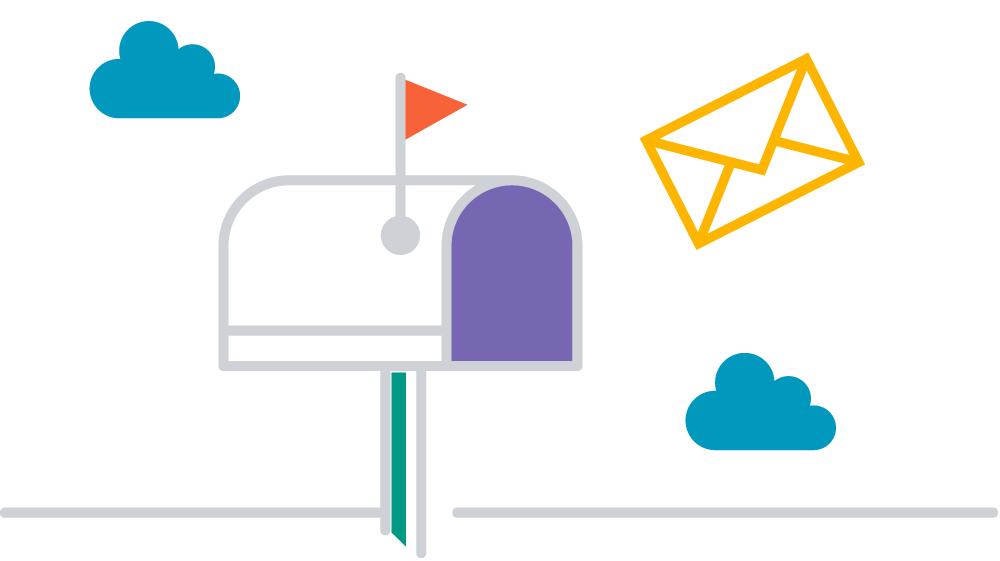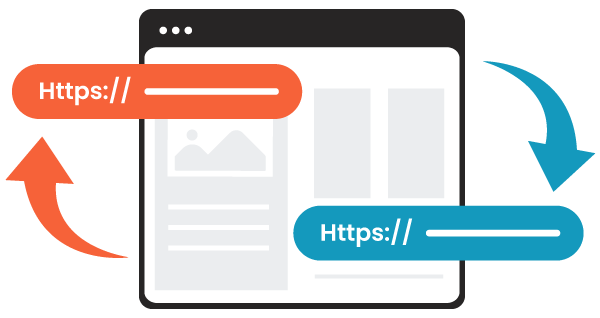Think of the most delicious pie you’ve ever been able to imagine. You walk up to the bakery counter and say, “I’d like to buy that pie for my family.” The baker turns to you and says, “We are so glad you like our pie. But we need you to tell us why you deserve the pie more than the next person. You know, there’s only so much to go around.” You start telling the heartwarming and even the heartbreaking stories of your family and friends enjoying pie together in the good times and the bad. The baker is thrilled to hear it all, but still says no. They know the pie is important to you and that you’d probably really enjoy it, but without proof that the stories are true, they just can’t give you any. You start to leave and see others bringing charts, graphs, and reports of how they shared their last pie.
For many in the Aging Services world, you could (and often do!) have the most incredible stories about the services that you have provided for your clients, but stories alone will not get you the funding you need to have a slice of that fiscal pie. The mandatory grants (such as funding from the Older Americans Act) and the discretionary/competitive grants both want to know that the funds provided are being spent appropriately.
According to the Nation Council on Aging, “program cuts over the past decade disproportionately affected vulnerable Americans and struggling communities, and new investments have yet to keep up with demand or the costs of providing services. … Every dollar provided to the aging services network for OAA initiatives also is leveraged by nearly three dollars in non-federal support.” (NCOA Public Policy & Advocacy, 2024)

So, how do you do the best you can with your portion? This is where data-driven decision making comes in. No matter what decision is being made, the most important part is determining the metrics to be tracked.
Let’s imagine your organization is reaching capacity. Or is it? Maybe there is something else you can try! For example, you’ve had a few conversations with some clients and other organizations, and you pose a question to your team: is it better to serve 100 people meals every day or serve 200 people by only delivering every other day and dropping off additional frozen meals they can keep for the next day? How do you determine “better”? This could come from tracking a variety of metrics:
- The cost of the meals
- The cost of getting drivers on the road delivering the meals
- The the cost of onboarding the additional clients
It also requires client input. As reported by the NCOA, “…social isolation and loneliness hinder good health—putting older adults at risk for high blood pressure, heart disease, obesity, a weakened immune system, anxiety, depression, cognitive decline, Alzheimer’s disease, and even death.” (Garcia & Jordan, 2022) Will they feel safe with less frequent deliveries? Some clients may see only their meal delivery driver each day, but maybe getting a phone call on the other days from a volunteer will ease some of that concern. This is the point where surveys are going to be imperative.
ServTracker by CaseWorthy allows for the creation of surveys unique to the organization. These results can then be exported to analyze the results. The survey might track a client’s family involvement, their social, physical and emotional health needs, and their satisfaction with the program. These all work together to determine who will or won’t benefit from these potential programmatic changes.
There are plenty of resources online to help someone write a survey, but a few key tips for writing successful surveys include:
- Not leading the participant to answer in a particular way.
- Writing in a way the participant understands, not using jargon or technical terms.
- Giving them the opportunity to answer using ranges of responses (ex. extremely agree to extremely disagree) rather than just yes/no answers. (Qualtrics, 2020)
Surveys are how you take your beautiful, wonderful stories about your program and make them into the data you need to ask your funders before making these changes. Track the information and bring that to the bakery. Get your pie and serve your family and friends in the way that works for exactly your community.

About the Author
Beth Hornbaker, Training Specialist at CaseWorthy, joined CaseWorthy in 2022. Before joining the CaseWorthy team, she was working with an Area Agency on Aging using ServTracker to help record, maintain, and report the data that told the story of the hard work the Agency was doing.


